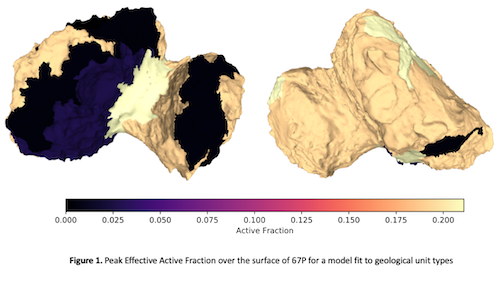Poster presentations and abstracts
SB12
Conveners:
Stavro Lambrov Ivanovski,
Vladimir Zakharov
|
Co-conveners:
Vincenzo Della Corte,
Michelangelo Formisano,
Marco Fulle,
Raphael Marschall,
Luis Diego Pinto,
Alessandra Rotundi,
Diego Turrini
Fri, 02 Oct, 17:20–17:40 (CEST)
Session assets
Chairperson: Stavro Ivanovski


